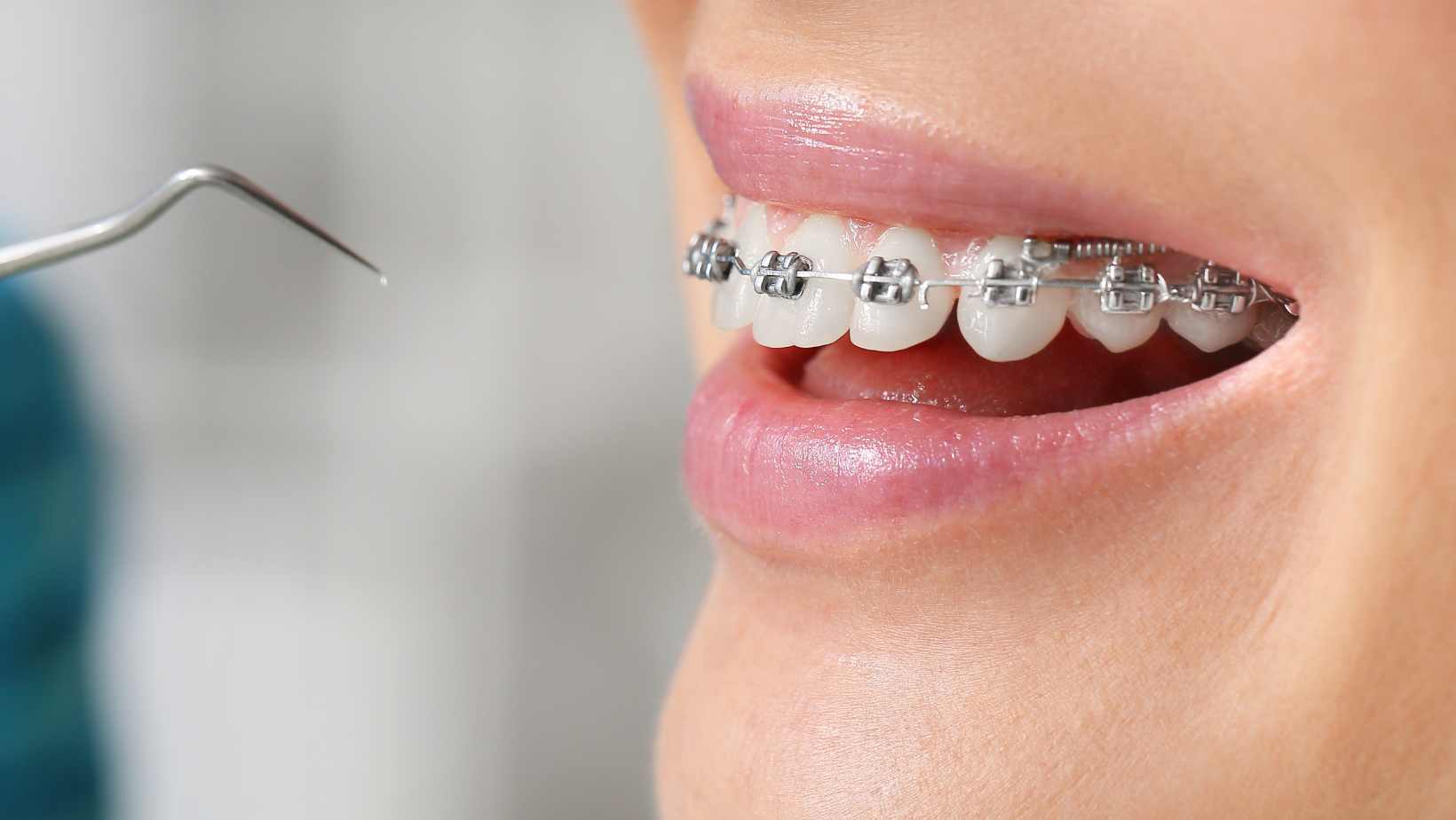
When it comes to orthodontics, most people think of braces as the go-to solution for straightening teeth. However, there’s much more to orthodontics than just achieving a beautiful smile. In fact, orthodontic treatment can have a significant impact on jaw health as well. As an expert in the field, I’ll delve into the topic of “Beyond Braces: Orthodontics and Its Impact on Jaw Health” to shed light on this often overlooked aspect.
Orthodontic treatments like braces or aligners not only correct misaligned teeth but also address underlying issues with jaw alignment. A properly aligned jaw is essential for optimal oral function and overall well-being. By correcting bite problems such as overbite, underbite, crossbite, or open bite, orthodontic treatment helps improve jaw function and minimize strain on the temporomandibular joint (TMJ).
How Orthodontics Impacts Jaw Health
Orthodontics And Healthy Jaw Development
Orthodontic treatment goes beyond just straightening teeth; it also plays a crucial role in ensuring healthy jaw development. When the teeth are misaligned or overcrowded, it can lead to various issues such as improper bite alignment, difficulty chewing, jaw pain, and even speech problems. By addressing these dental irregularities through orthodontic interventions like braces or aligners, we can promote proper jaw growth and function.
During orthodontic treatment, the braces or aligners exert gentle pressure on the teeth, gradually guiding them into their correct positions. This process not only improves tooth alignment but also helps to optimize the positioning of the jaws. By aligning the teeth properly within the arches and correcting any skeletal discrepancies, orthodontics contributes to balanced facial aesthetics and harmonious jaw function.
The Link Between Orthodontics And Jaw Health
A misaligned bite can put excessive strain on specific areas of the jaw joint (temporomandibular joint) and surrounding muscles. Over time, this strain can result in temporomandibular disorders (TMD), causing symptoms like jaw pain, headaches, clicking or popping sounds when opening or closing your mouth, and limited range of motion.

Orthodontic treatment aims to correct these malocclusions (bite abnormalities) by realigning the teeth and improving how they fit together when biting down. By achieving a proper bite alignment through orthodontics, we alleviate undue stress on the temporomandibular joint (TMJ) and reduce the risk of developing TMD.
Additionally, a well-aligned bite ensures that forces during chewing are distributed evenly across all teeth rather than being concentrated on certain areas. This balanced force distribution minimizes wear and tear on individual teeth surfaces while promoting efficient mastication.
Beyond Cosmetic Benefits: Functional Improvements
Functional Improvements With Orthodontic Treatment
When it comes to orthodontics, many people primarily think about the cosmetic benefits of straighter teeth. However, orthodontic treatment offers more than just a beautiful smile; it can also bring significant functional improvements to your jaw health.
One of the key functional improvements that orthodontic treatment provides is correcting misalignments and malocclusions. These issues can affect how your jaws come together when you bite and chew, leading to problems such as difficulty in eating or speaking properly. By addressing these misalignments through braces or other orthodontic appliances, you can improve your bite functionality and eliminate discomfort while enjoying meals or engaging in conversations.
Enhancing Jaw Health Through Orthodontics
Orthodontics not only focuses on improving dental aesthetics but also takes into account the health of your entire oral cavity. By addressing alignment issues and correcting bite problems early on through orthodontic intervention like braces or clear aligners, you can prevent potential complications down the line.
For instance, crowded teeth create tight spaces that are difficult to clean effectively during brushing and flossing. This increases the risk of plaque buildup and tooth decay. By undergoing orthodontic treatment to alleviate crowding issues, you can enhance oral hygiene practices by ensuring easier access for cleaning tools between each tooth.
Optimizing Jaw Function With Orthodontic Care
Orthodontic care goes beyond creating a straight smile; it also optimizes jaw function for improved overall oral health. By addressing functional issues such as misalignments, malocclusions, and temporomandibular joint disorders, orthodontics plays a vital role in enhancing not only the appearance but also the functionality of your jaw.

With orthodontic treatment, you can achieve a harmonious bite that allows for comfortable chewing and speaking. It can also help alleviate symptoms associated with TMD by realigning the jaw position and improving joint function. Additionally, by preventing future oral health problems like tooth decay through proper alignment, orthodontics promotes long-term oral well-being.
So if you’ve been considering orthodontic treatment solely for cosmetic reasons, remember that there are numerous functional benefits too. Consult with an orthodontist to explore how orthodontic care can enhance both your smile and your overall jaw health.
Remember, every individual’s jaw health needs are unique. It’s advisable to consult with your orthodontist or dentist for personalized advice on maintaining the health of your jaw after orthodontic treatment, visit Biss45 and let the team of professionals help you..























